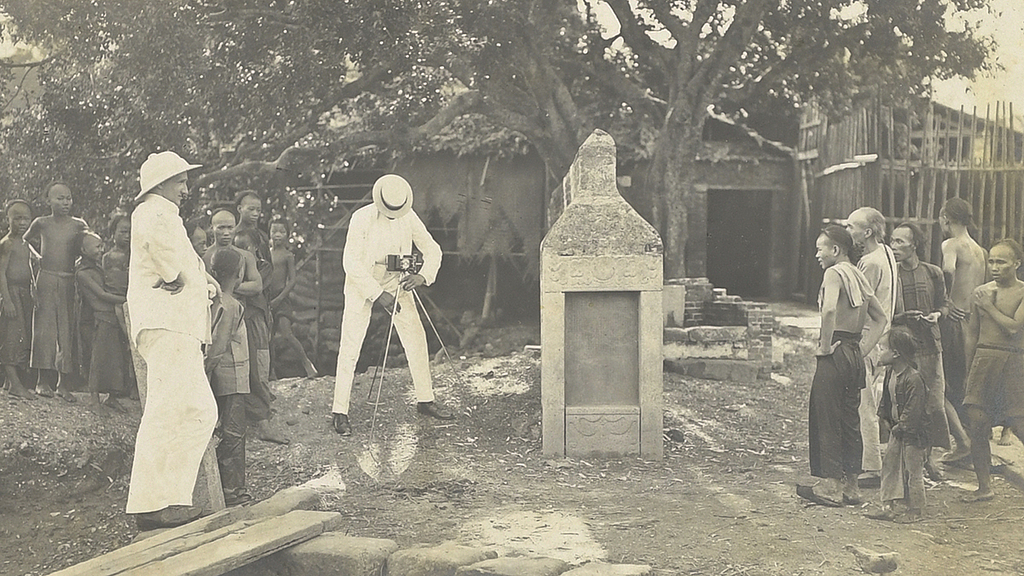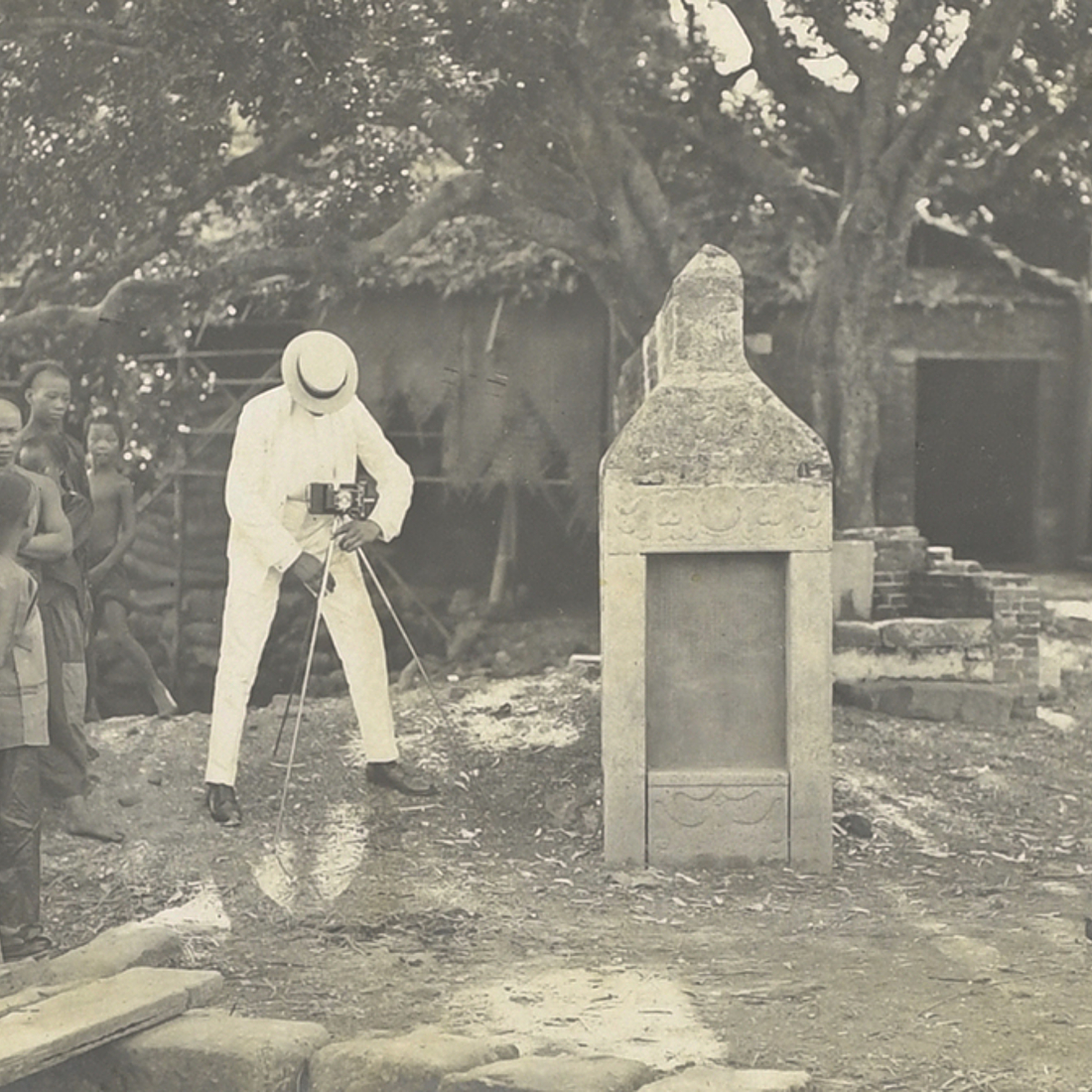"Seeing the other?" The perception of the foreign in photographic travel and memory albums
Photographically captured memories of Emperor Wilhelm II's trips to Norway, but also of the first Orient and Nordland cruises on the ship AUGUSTA VICTORIA, are exemplary of the steadily growing photographic image market at the end of the 19th century. PD Dr. Gisela Parak at the German Maritime Museum / Leibniz Institute of Maritime History analyses photographs like these as part of the research project "Seeing the Other? The associated exhibition project is funded by the Leibniz Research Museums Action Plan.
On the ships, travel photography experienced a second blossom. In the course of "Kodakification", a simplified photographic technique enabled photographic amateurs with most diverse social backgrounds and interests to capture their impressions of their journeys at sea as well. The representatives of the emerging discipline of ethnology reached their research areas by ship; in some cases the seafarers themselves became observing "ethnologists" and made folkloristic observations about "country and people".
The exploding image market at the turn of the century began to change the conditions in the countries and cultures visited and interacted with the 'foreigner'. Indigenous tribes from the Arctic regions, but also from the South Seas, interacted with travelers and presented traditions and ways of life in order to create memorable images for cosmopolitan globetrotters. These pictorial staggings reflected contemporary stereotypes previously been formed on the basis of popular novels or fictional travelogues, but also the emerging concept of the “Völkerschau”. Photographic images continued these stereotypes and translated them into easily received, supposedly "authentic" evidence that seemed to confirm social ideas.
The research and exhibition project "Seeing the Other?" discusses the medium of photography and photographic memories between the poles of ethnological observation and contemporary pictorial clichés and traces aspects of the visual conquest of foreign cultures in the imperial and colonial period. From an inevitably Eurocentric perspective, the project shows the emergence of pictorial ideas about 'the foreign', for which the ship functioned as a central medium for the dissemination of 'knowledge' or collective ideas. The photographic travel and memorial albums of shipping provenances illustrate the use of the navy as a military agent to assert colonial claims to power. The photographs are to be understood as an expression of the contradictory and ambivalent manifestations of German colonial history. They illustrate the deployment of the expeditionary corps, but also the function of the ships as media of transcultural contact.
The photographic views of the "discovered" foreign cultures were never unbiased, but were deeply influenced by a colonialist understanding of the world. The memory albums record how the wanderlust of Wilhelminian society led them to foreign countries, whose different cultures held a strong fascination. The pictorial traditions are exemplary of this view into the distance, but above all they throw a glance back at the social patterns of perception of the colonizers.

Picture from the memorial album of the corvette captain Hermann Brunswig.
Photo: Archive German Maritime Museum
